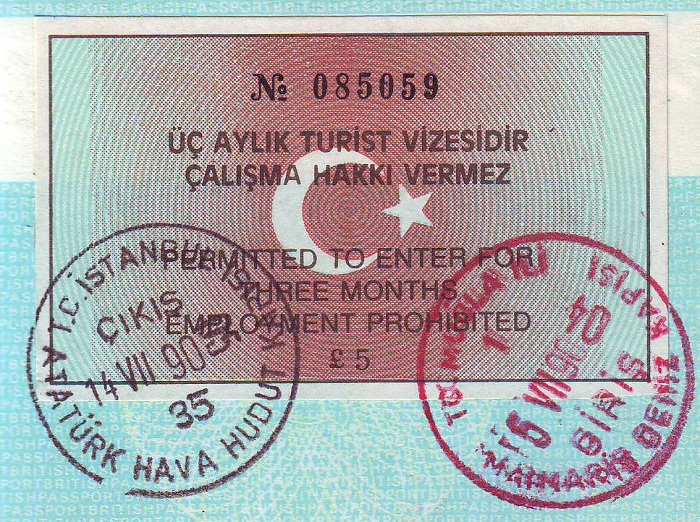Business
The Future of Translation & Localization Services

Your company’s worldwide success is related to the degree of authenticity of the communications you disclose in the languages of the places where your customers are located.
A company expanding into new international markets needs its website to be available in the different languages spoken by new customers.
While simple website translation can generate visits and create interest, getting authentic links that drive conversions makes localization essential.
Despite the tendency to use the terms translation and localization as being identical, ignoring their differences is missing out on the most effective way to optimize your website content to serve international customers.
Related: Localization Services
The terms “translation” and “localization” are often used interchangeably. Yet, both terms have common goals and features but the end result is completely different. To understand it, first we will see the definitions of both:
What Is Translation?
Translation is a word-by-word conversion or language conversion. If you want to make sure that customers know how to use your product effectively, it is important that the texts of the source and target language match exactly. The purpose of translation is to achieve semantic equivalence by providing idiomatic, vocabulary and conceptual equivalence.
What Is Localization?
Localization goes beyond translation and includes the cultural dimension: It is the process of adapting a product or service to a specific region. Localization refers to the process of translating a document for use in a particular market. The localization work must comprise all the elements necessary to meet the cultural and linguistic needs of the specific country.
The Obvious And Hidden Benefits Of Localization And translation
The growing US dollar, the continuing trend of transferring production to China and the growing globalization of the market lead to the fact that companies around the world are constantly increasing their presence in foreign markets.
Forward-thinking executives are now more than ever convinced that localization of products and related documentation is a prerequisite for international success. In this article, we’ll look at some of the many obvious – and less obvious – benefits of localization and translation.
1. A Tangible Competitive Advantage
If your competitor has already localized their products, then you must follow it also to give them competition or in other words you will be out of market. But if your competitors haven’t started it yet, you must go for it as it can give you a real competitive advantage. Don’t underestimate the value of selling and serving customers in their own language when your main competitors only offer English-language products. Ultimately, the language of business is not English, but the language of your customers.
2. Attention To Foreign Consumers
The best way to showcase your attention to potential and existing clients abroad is to localize your website. When overseas buyers and potential customers visit your website and find information in their own language, their experience of your company changes for the better. Visitors to your site will not only understand what services you provide, but they will also have more confidence in your company and the translation of the web page.
3. Good Reputation In Domestic And International Markets
Localizing your website will help build a good international reputation, which is very important to buyers in both the domestic and international markets. English to Spanish translation services are becoming more popular in the United States as demographics change in many states. In Canada, along with English, the French language, which is spoken by the inhabitants of Quebec, remains of great importance. A similar situation is observed in the European Union: given the accession of new states to the European Union and the redistribution of labor resources in Europe, many companies are trying to take into account the linguistic needs of the newly emerging market segments.
4. Effective Communication With Foreign Clients
How much does it cost you to support overseas users? Localizing your software product will not only help you to gain customers but also reduce cost of user support where it costs the most – abroad. A well-executed localization will not only reduce the number of support calls, but will also help foreign users to better understand the features of your product, which, in turn, will increase your customer satisfaction.
5. Unprecedented Market Coverage
Many companies already selling their products overseas are looking for ways to increase sales in overseas markets. There are two possible ways to achieve this goal – either increase market coverage or start selling in new regions of the world. Localization can help you both, by providing customers with a compelling case for purchasing your products and by providing market coverage not otherwise possible.
6. Reducing The Risk Of Violation Of Obligations And Copyright
Many states require that goods sold on their territory be labeled in their state language or languages. In addition, translation of contracts, agreements, user agreements helps to minimize conflict situations associated with misunderstandings and language barriers. Users are required to comply with the terms of the copyright agreements in their native language.
Years of experience of our clients in foreign markets confirms that the language of business is really the language of the buyer.
Get This
Get This
Get This
Get This
Get This
Get This
Get This
Get This
Get This
Get This
Get This
Get This
Get This
Get This
Get This
Get This
Get This
Get This
Get This
Get This
Get This
Get This
Get This
Get This
Get This
Get This
Get This
Get This
Get This
Get This
Get This
Get This
Get This
Get This
Get This
Get This
Get This
Get This
Get This
Get This
Get This
Get This
Get This
Get This
Get This
Get This
Get This
Get This
Get This
Get This
Get This
Get This
Get This
Get This
Get This
Get This
Get This
Get This
Get This
Get This
Get This
Get This
Get This
Get This
Get This
Get This
Get This
Get This
Get This
Get This
Get This
Get This
Get This
Get This
Get This
Get This
Get This
Get This
Get This
Get This
Get This
Get This
Get This
Get This
Get This
Get This
Get This
Get This
Get This
Get This
Get This
Get This
Get This
Get This
Get This
Get This
Get This
Get This
Get This
Get This
Get This
Get This
Get This
Get This
Get This
Get This
Get This
Get This
Get This
Get This
Get This
Get This
Get This
Get This
Get This
Get This
Get This
Get This
Get This
Get This
Get This
Get This
Get This
Get This
Get This
Get This
Get This
Get This
Get This
Get This
Get This
Get This
Get This
Get This
Get This
Get This
Get This
Get This
Get This
Get This
Get This
Get This
Get This
Get This
Get This
Get This
Get This
Get This
Get This
Get This
Get This
Get This
Get This
Get This
Get This
Get This
Get This
Get This
Get This
Get This
Get This
Get This
Get This
Get This
Get This
Get This
Get This
Get This
Get This
Get This
Get This
Get This
Get This
Get This
Get This
Get This
Get This
Get This




![[pii_email_4c910535350b5a41ee81] Error Code Resolved](https://wigily.com/wp-content/uploads/2020/09/pii_email_4c910535350b5a41ee81-Error-Code-Resolved.jpg)
